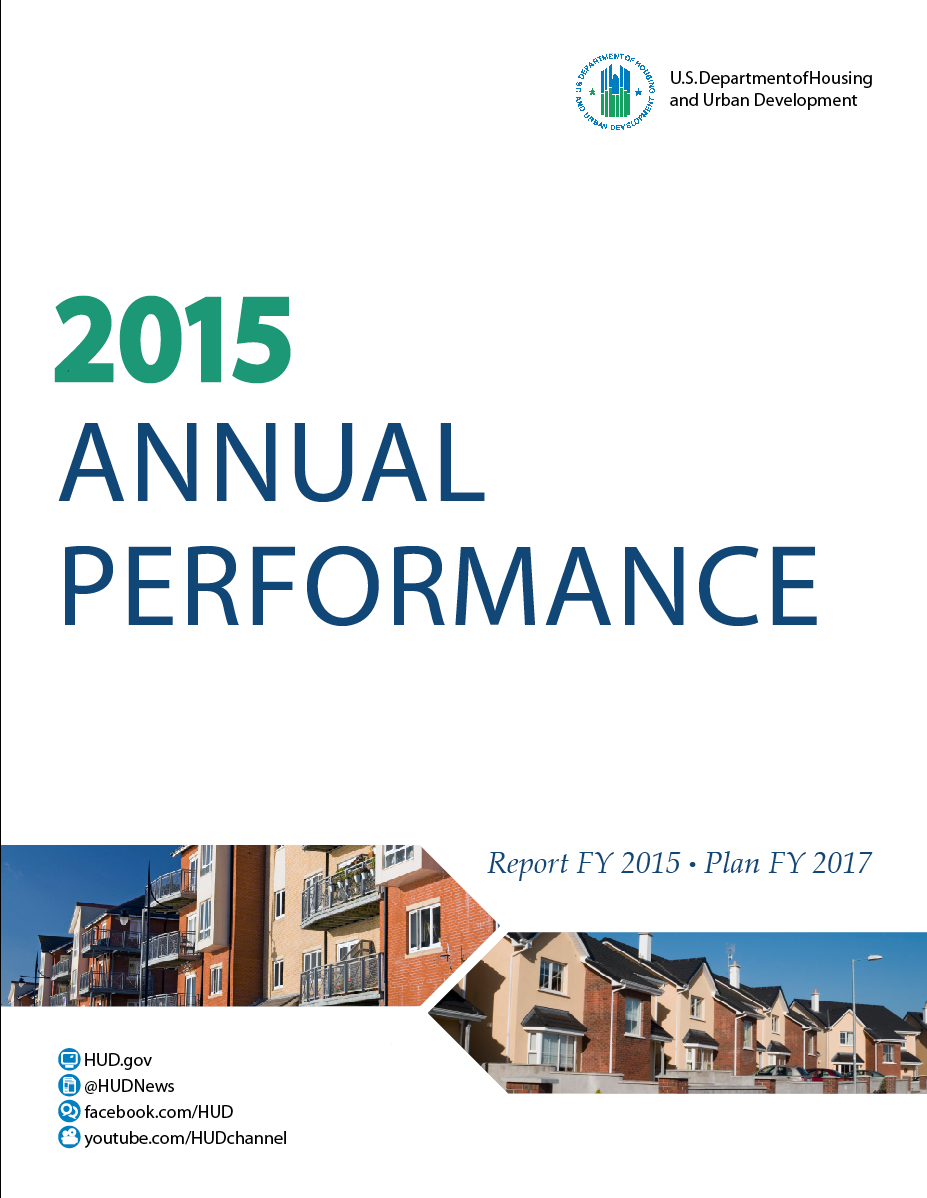- Home
- Agencies
- Department of Agriculture
- Department of Housing and Urban Development
- General Services Administration
- Department of Commerce
- Department of the Interior
- National Aeronautics and Space Administration
- Department of Defense
- Department of Justice
- National Science Foundation
- Department of Education
- Department of Labor
- Office of Personnel Management
- Department of Energy
- Department of State
- Small Business Administration
- Environmental Protection Agency
- Department of Transportation
- Social Security Administration
- Department of Health and Human Services
- Department of the Treasury
- U.S. Agency for International Development
- Department of Homeland Security
- Department of Veterans Affairs
- Goals
- Initiatives
- Programs
Primary tabs
Strategic Objective
Support the recovery of communities from disasters by promoting community resilience, developing state and local capacity, and ensuring a coordinated federal response that reduces risk and produces a more resilient built environment.
Strategic Objective
Overview
Helping to increase communities’ resilience is integral to national disaster preparedness and the mission of HUD. This effort is consistent with the goals and objectives of Presidential Policy Directive / PPD-8 (National Preparedness) and Executive Order 13653 (Preparing the United States for the Impacts of Climate Change). Over the next five years, HUD will continue to support and expand programs and initiatives designed to increase and enhance pre-planning, research, infrastructure investment, partnerships, and cross-cutting coordination related to disaster response, recovery, and resilience. This work will involve the combined efforts of HUD’s program offices and federal, state, local, and private sector partners and will incorporate HUD’s civil rights, energy, environment, and diversity goals and responsibilities.
Read Less...Progress Update
On June 22, 2015, HUD Secretary Julián Castro invited 40 states and communities to compete in the second and final phase of the National Disaster Resilience Competition.[1] These finalists—representing areas that experienced a Presidentially-declared major disaster in 2011, 2012, and 2013—will compete for almost $1 billion in funding for disaster recovery and long-term community resilience. From June to October, finalists developed their disaster resilience strategies and proposed specific projects. Through a unique partnership, The Rockefeller Foundation convened an interdisciplinary team of experts to help teams refine their proposals. HUD will announce the winners of Phase 2 in early 2016.
In addition, HUD’s Office of Lead Hazard Control and Healthy Homes (OLHCHH) released the Healthy Homes Disaster Recovery Toolkit as part of their commitment under the Climate Change Adaptation Plan. This toolkit provides a wealth of resources for multiple stakeholders to develop healthy homes following a disaster.
HUD fell short of its FY 2015 goal of having 40 percent of HUD Climate Change Adaption Plans completed by the end of the fiscal year. Many of the actions proposed in the 2014 Climate Change Adaptation Plan were dependent on the availability of additional staff or contract resources. Given current constraints, the remaining actions will be prioritized and constrained with limited existing resources.
[1] See: http://portal.hud.gov/hudportal/HUD?src=/press/press_releases_media_advi...









